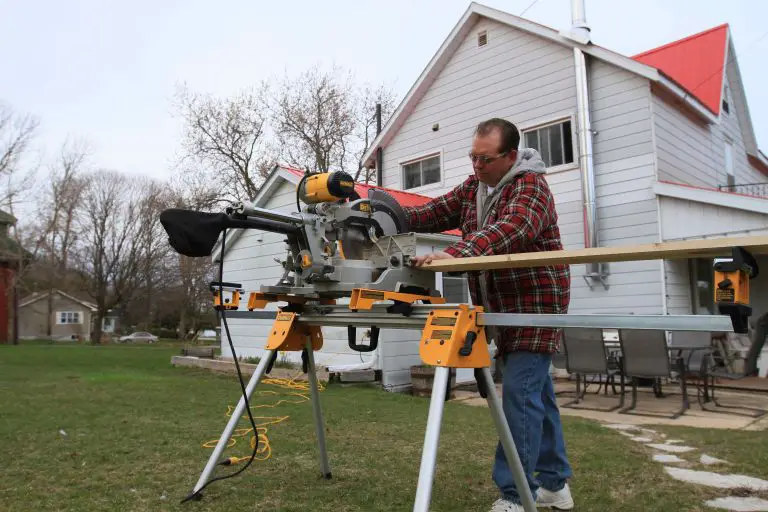
Have you just moved into a new place and feel like something’s missing? You’re not alone. Many people experience a sense of disconnect after relocating. Even though the walls, floors, and roof are yours now, the space might not yet feel like home. Turning a new house into your personal sanctuary takes time, effort, and thought. The great news is that with a few simple yet meaningful touches, you can create a space that reflects your personality and brings you comfort. It’s not just about decorating—it’s about creating belonging. In this blog, we will share practical tips to help you transform your new house into a warm, inviting home that truly feels like yours.
Start with Personal Touches
The fastest way to make a home feel familiar is by adding things that represent who you are. Think about photos of loved ones, artwork that you’ve collected over time, or souvenirs from past travels. Putting them around your home helps create an instant connection to the space.
You don’t have to wait until the whole house is fully decorated. Start small. Hang a photo near the entrance, put your favorite mug in the kitchen, or place a meaningful trinket on a shelf. These small, thoughtful details speak volumes.
Choose the Right Furniture and Layout
Furniture plays a big role in how you experience your space. It’s not just about picking pieces that look nice. You want items that feel good to use and support your daily life. Think about how you move through your home and what matters to you. Do you need a cozy chair for reading? A large table for meals and games? Start with comfort and function, and style will follow naturally. If you’re buying new furniture, consider services that help with interior design delivery & warehousing. These services can simplify the process and make it less stressful.
Once you have your furniture, think about how it’s arranged. The layout affects how your home feels. An open, easy-to-move-through layout can make a small space feel bigger and more welcoming. Try different setups until one feels right. Don’t worry about perfection. Instead, focus on what feels natural. This process helps you get in tune with your home and creates a space where you want to spend time.
Let Lighting Set the Mood
Lighting has a huge impact on the mood of your home. Natural light can boost your mood and make a room feel bigger and brighter. If possible, keep windows uncovered during the day. Use sheer curtains or blinds that let in sunlight. This helps your home feel fresh and alive. At night, switch to soft, warm lighting. Lamps, string lights, and dimmable bulbs create a cozy atmosphere that helps you relax.
Pay attention to how different rooms feel with various lighting setups. A bedroom might benefit from soft bedside lights, while the kitchen needs brighter overhead lights for cooking. Use different types of lighting to define spaces and make each area feel useful and complete. Over time, these choices add to the comfort of your home. You’ll feel more in control of your space, which builds a deeper sense of ownership.
Create a Functional and Cozy Entryway
Your entryway is the first thing you see when you come home. It sets the tone for the rest of your space. Even a small entry area can be made warm and welcoming. Add a mat to wipe your shoes, a bench for sitting, and hooks or shelves for bags and keys. These little details help you transition from the outside world to the comfort of your home.
Consider adding a personal touch near the door, like a framed quote you love or a small plant. These details create a warm greeting every time you walk in. A well-organized entryway also makes daily routines easier. You’re less likely to misplace your keys or shoes when everything has a spot. Creating this kind of order helps reduce stress and makes your home feel more settled and lived-in.
Incorporate Scent and Sound
Your home should appeal to all your senses. Adding scent and sound can make a big difference in how a space feels. Start with scent. Candles, essential oils, or fresh flowers can fill your home with comforting smells. Choose scents that bring back happy memories or help you feel relaxed. These smells create an invisible but powerful connection to your surroundings.
Sound is just as important. Think about what you want to hear when you walk in the door. Maybe it’s soft music in the background or the quiet hum of a fan. A playlist or radio station you love can help create a mood that fits your day. These sounds and smells don’t just decorate your space—they shape how it feels. Over time, they’ll become familiar and comforting parts of your home.
Bring Nature Indoors
Bringing nature into your home adds warmth and life. Houseplants are a simple way to do this. They clean the air and brighten up any room. You don’t need a green thumb to enjoy them. Start with easy-care options like pothos, snake plants, or succulents. Even a small plant on a windowsill can make a space feel more alive.
You can also use natural materials in your decor. Think wooden furniture, woven baskets, or cotton blankets. These items create a calm and grounded feeling. Looking out the window at trees or flowers also helps. If your view isn’t very green, try hanging a nature-themed print or photo. These touches bring the outdoors inside and help you feel more at peace in your space.
In conclusion, feeling at home takes more than just living in a space. It comes from adding your own story, piece by piece. Through photos, colors, furniture, light, and sound, your new home can become a place that reflects your life and values. It’s about making small, meaningful choices over time. Each day, your connection with the space deepens, and it starts to feel like part of you. Let your home grow with you, and you’ll always have a place that feels truly yours.












